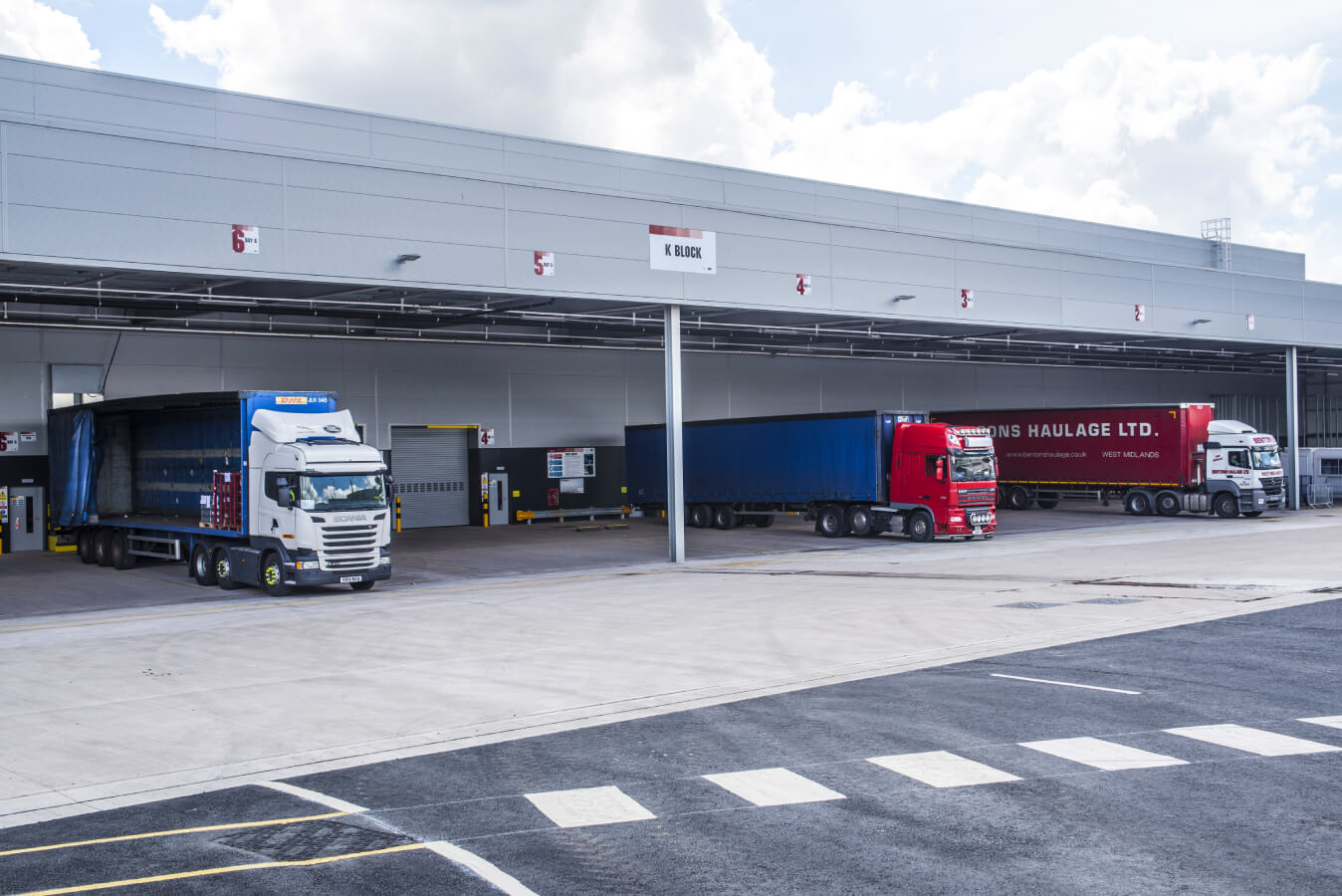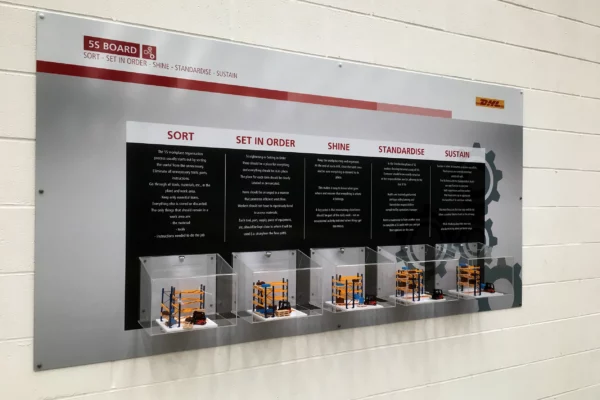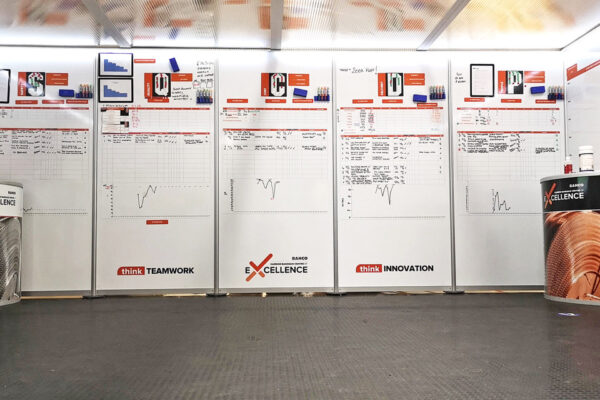The Importance of Site Signage Across Various Industries
Effective site signage is essential for maintaining safety, efficiency, and organisation in any industry. Whether it’s a bustling warehouse, a high-stakes construction site, or a meticulous pharmaceutical facility, clear and comprehensive site signage plays a crucial role in ensuring smooth operations. This article explores the significance of site signage, its applications in different industries, and how adhering to visual standards can enhance workplace management.
What is Site Signage?
Site signage encompasses all signs used within a specific location to convey information, instructions, and warnings. These signs help manage traffic flow, indicate hazardous areas, provide directions, and communicate essential safety protocols. Effective site signage is a cornerstone of visual management, promoting a safe and efficient working environment.
Construction Site Signage
On construction sites, safety is paramount. Site signage is used extensively to alert workers and visitors to potential hazards, outline safety procedures, and indicate restricted areas. Common types of construction site signage include:
- Warning Signs: Highlight dangers such as falling debris, heavy machinery operation, and high-voltage areas.
- Mandatory Signs: Indicate necessary safety gear like hard hats, safety goggles, and high-visibility vests.
- Directional Signs: Guide workers and visitors to specific locations such as exits, restrooms, and first aid stations.

Site Signage in Warehouses
In warehouse environments, efficient site signage is critical for managing the flow of goods and ensuring safety. Effective signage can help prevent accidents, improve productivity, and enhance overall organisation. Key applications of site signage in warehouses include:
- Safety Signs: Indicate emergency exits, fire extinguishers, and first aid stations.
- Directional Signs: Guide employees and visitors through the warehouse, reducing confusion and enhancing workflow.
- Pallet and Shelf Labels: Clearly mark storage locations for inventory management.
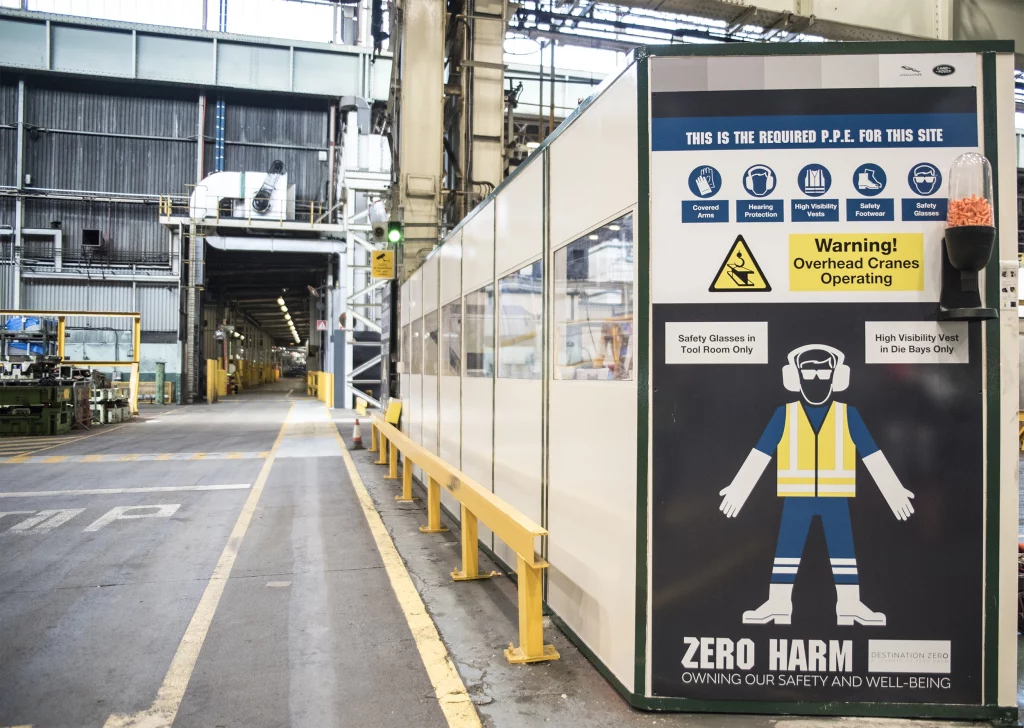
Industry-Specific Applications
Automotive
In the automotive industry, site signage helps maintain order in manufacturing plants and service areas. Signs indicating specific workstations, storage areas for parts, and safety zones are vital. Visual standards ensure that every sign is easily understood, reducing errors and enhancing efficiency.
Aerospace
Aerospace facilities require stringent adherence to safety protocols. Site signage communicates critical information such as cleanroom requirements, hazardous material handling, and equipment operation instructions. Consistent visual standards are essential to meet the industry’s rigorous safety and quality demands.
Logistics
Logistics operations involve complex coordination of goods movement. Site signage aids in managing traffic flow within warehouses and distribution centres, indicating loading and unloading zones, and marking storage areas. Clear and standardised signs help streamline operations and reduce bottlenecks.
Pharmaceutical
In the pharmaceutical industry, precision and safety are crucial. Site signage in production areas, laboratories, and storage facilities must comply with strict regulatory standards. Signs indicating cleanroom protocols, hazardous materials, and emergency procedures are essential for maintaining compliance and ensuring safety.
Food Manufacturing
Food manufacturing facilities rely on site signage to maintain hygiene and safety standards. Signs indicating sanitation procedures, allergen information, and restricted areas help prevent contamination and ensure product quality. Visual standards ensure that all signs are clear and easily understandable, supporting regulatory compliance.

The Role of Visual Standards
Implementing visual standards in site signage ensures consistency, clarity, and effectiveness. Visual standards define the design, color schemes, fonts, and symbols used in signage, making it easy for employees and visitors to quickly comprehend the information. Key benefits of visual standards include:
- Enhanced Safety: Consistent signage helps quickly communicate hazards and safety protocols.
- Improved Efficiency: Clear and standardised signs streamline operations and reduce errors.
- Brand Consistency: Maintaining visual standards in signage reinforces company branding and professionalism.
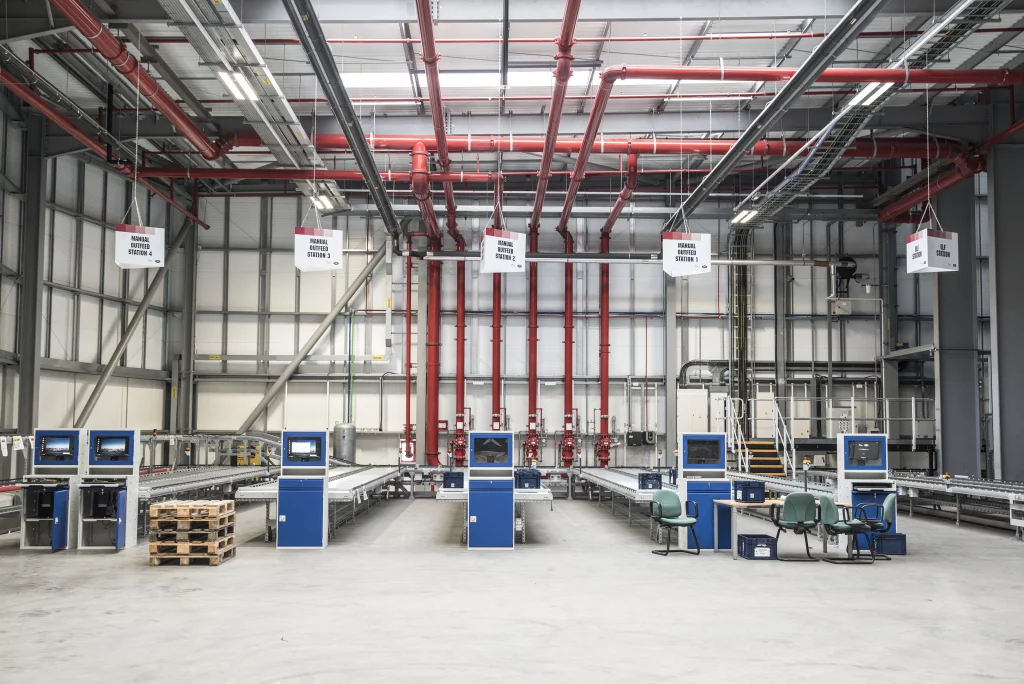
Conclusion
Site signage is a critical component of effective workplace management across various industries. From construction sites to warehouses, automotive plants to pharmaceutical facilities, clear and consistent signage ensures safety, efficiency, and organisation. By adhering to visual standards, businesses can enhance the effectiveness of their site signage, promoting a safer and more productive working environment.
For high-quality, bespoke site signage solutions, visit our website. Our products are designed to meet the unique needs of your industry, helping you implement effective visual management and achieve the highest standards of safety and efficiency. Explore our examples today and see how we can help you enhance your site signage.


